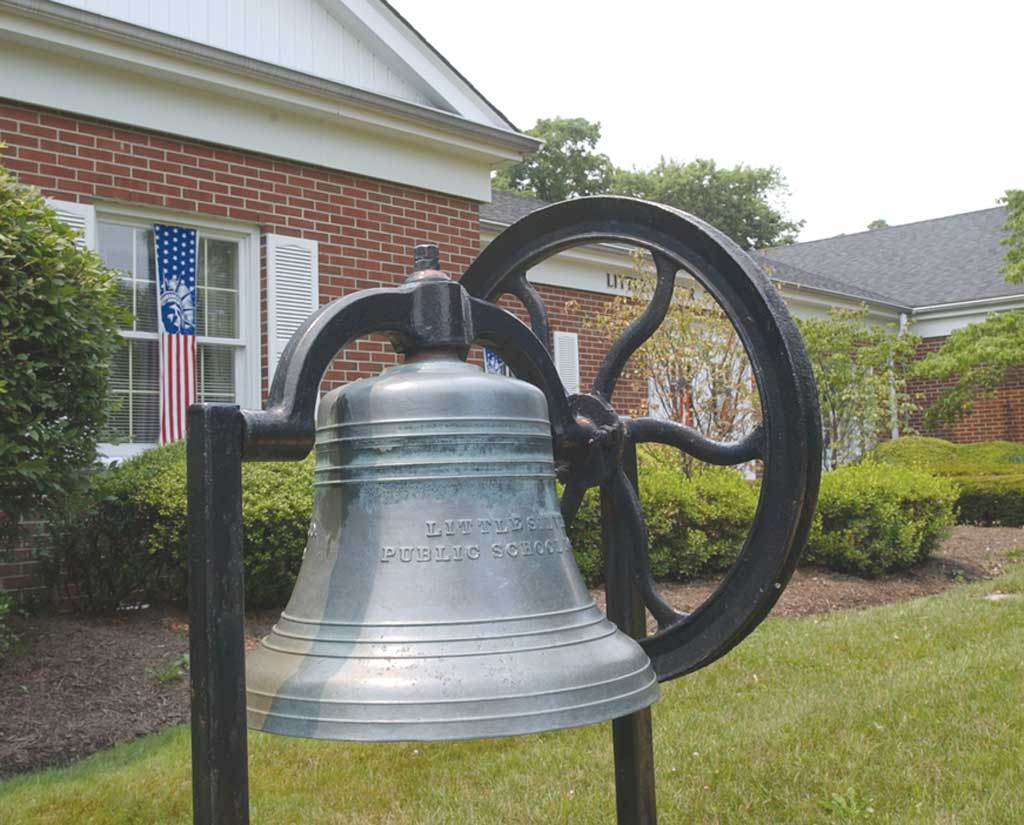The superintendent of the Borough of Little Silver’s school district is hoping an increase in extraordinary aid will help support the cost of sending some special education students to out-of-district programs.
On June 30, state Sen. Vin Gopal, Assemblyman Eric Houghtaling and Assemblywoman Joann Downey (all D-Monmouth) announced that Gov. Phil Murphy had approved an additional $55 million in extraordinary special education funding to the billions of dollars in school funding that were included in New Jersey’s Fiscal Year 2020 budget.
“It is referred to as special education extraordinary aid because they are considered extraordinary expenses.” Kossack said, adding that services for some pupils who require special services “cost well in excess of $100,000.”
Kossack is not sure how much funding will be received. She said “It’s one big pot of money and 600 school districts. (Our district) is small. We have only 11 students who would qualify for a percentage of that … Anything we get is welcome.”
In a June 30 statement, Gopal announced “We are well on our way to full state funding of extraordinary special education spending. Leaders in local education should be incentivized to provide the best possible special education program they can, not fear the cost increases that can come with a successful school when in-need students move to town.”
Although $55 million for extraordinary special education funding has been secured for school districts in New Jersey, Kossack said the goal of the Every Child Counts campaign, which she described as a separate piece of legislation, is to remove the wealth indicator when state officials determine the amount of categorical aid a school district receives to fund special education services.
Previously, Kossack said, the district receives special education categorical aid to help offset the cost of educating all children who have special needs. Categorical aid is state or federal aid that is intended to finance or reimburse a specific category, instructional or supporting program, or aid a particular group of pupils.
Kossack said about 100 students in Little Silver require special education services. A child who qualifies for an Individualized Educational Program (IEP) and meets a Discrepancy Education Model is classified as a pupil who has special needs.
One-third of funding for special education categorical aid is based on the number of special education students enrolled in a district. Two-thirds of that same funding formula is dependent upon wealth equalization – or equalizing levels of wealth, she said.
She said Senate Republicans are pushing to remove the wealth indicator when calculating the amount of special education categorical aid a school district receives.

